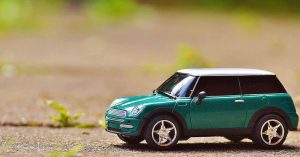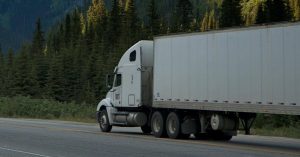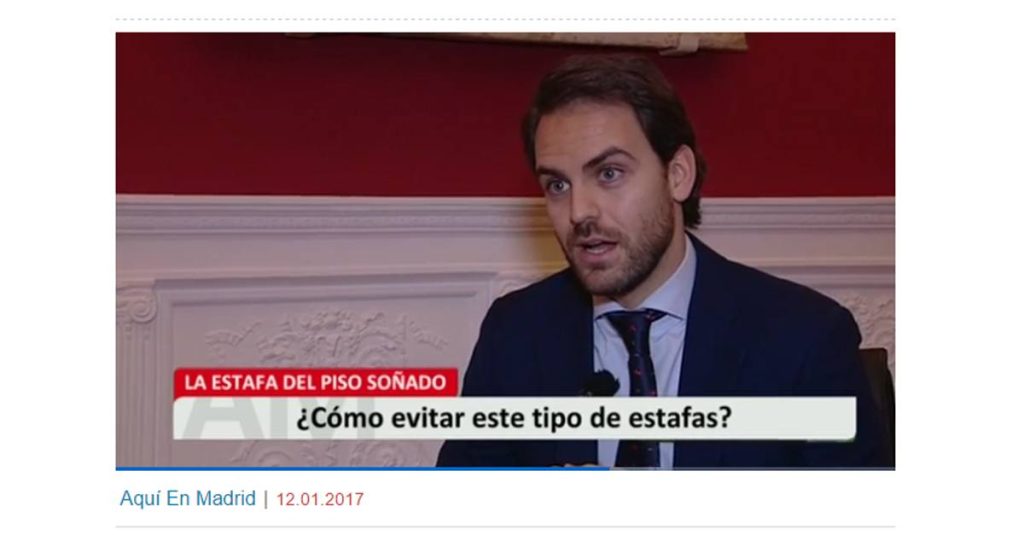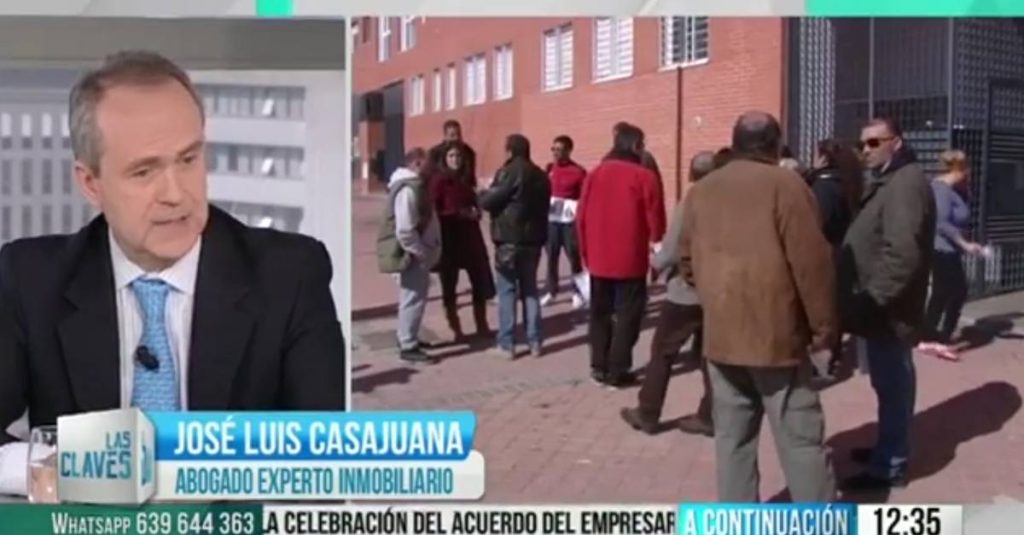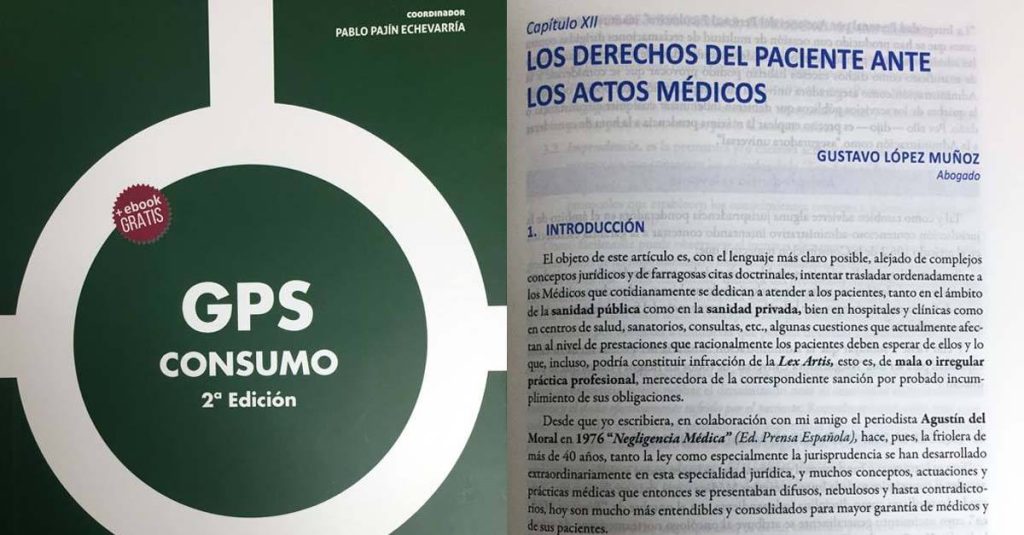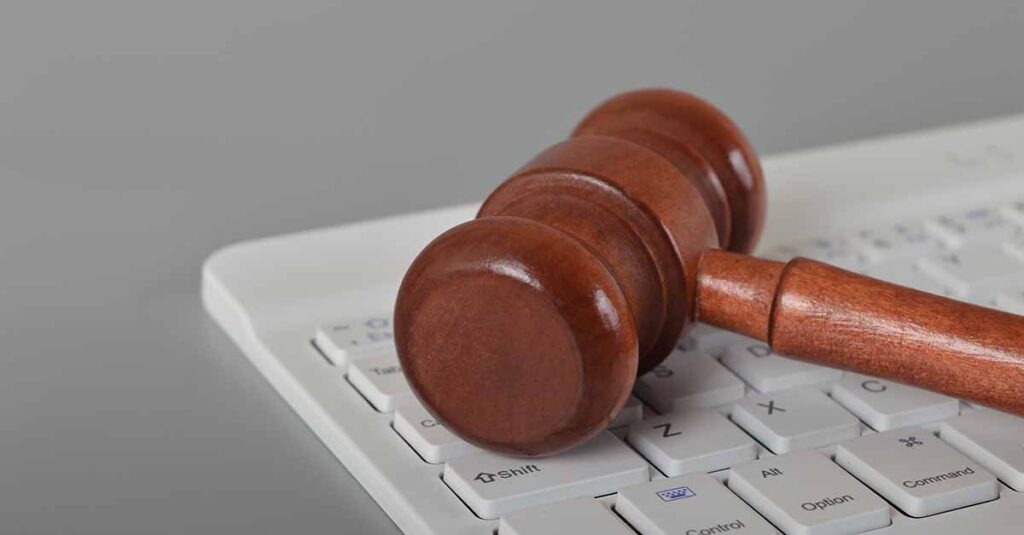Compensation for motor vehicle accidents
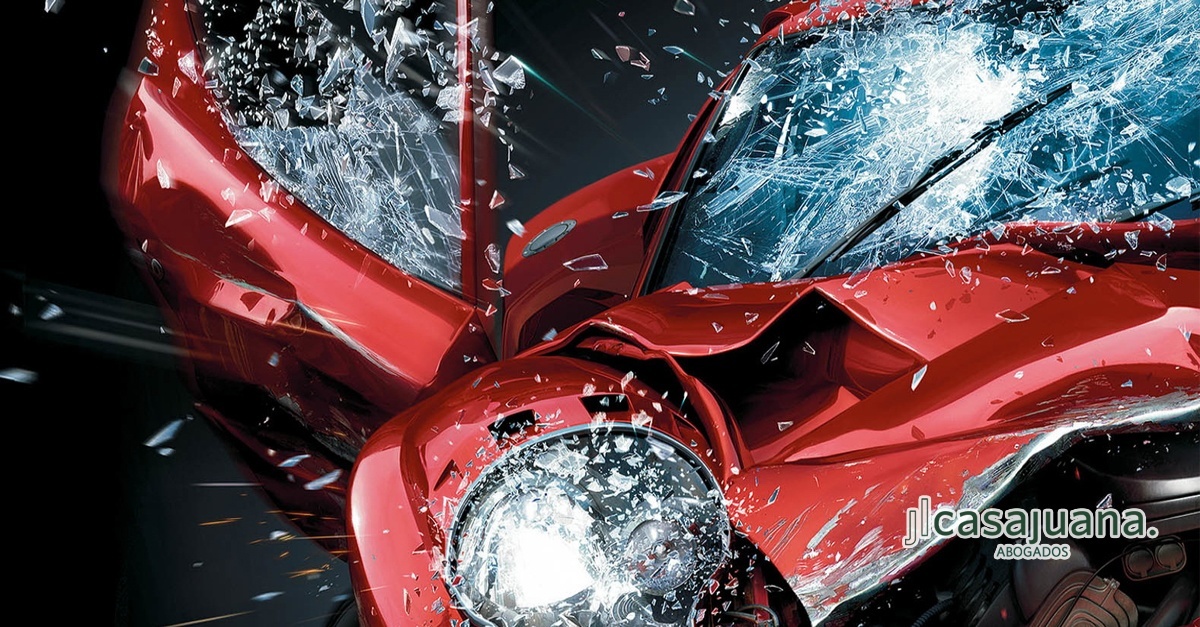
The motor vehicle, even being a work item, a means of communication, is, in turn, the origin and cause of considerable damage and entails a series of risks to which we are subjected:
- Those that affect physical integrity
- Those that affect your assets
- Those that affect your person or rights.
Bodily harm:
- To the insured: compensation is set according to the conditions and scales, normally attached as an annex to the policy. Driver or occupant insurance.
- Aggrieved third party: it is set in accordance with the bodily harm valuation system. Law 35/2015.
System explanation:
- The Scale of compensation, is It is made up of a series of rules to avoid different interpretations and value overlaps.
- This applies to any traffic accident except for intentional crimes.
- The contribution of the victim to the production of the accident or aggravation of her injuries is taken into account, except those under 14 years of age </ strong> </ li>
- This covers the costs of medical, pharmaceutical and hospital care. As well as burial and funeral expenses.
- The amount affects each person differently. It attends to a basic personal, private personal and patrimonial damage.
- Economic circumstances are taken into account, including those that affect the victim’s ability to work and loss of income… personal and family circumstances and the possible existence of exceptional circumstances that may serve to accurately assess the damage caused .
- It may be agreed to replace all or part of the compensation with an income.
- The amounts are updated annually with effect from January 1 of each year in the percentage of the pension revaluation index provided for in the General State Budget Law.
- To predetermine the compensation, a medical report will be required.
- Age, sex, profession are taken into account.
- Sequelae are assessed: concurrent, intergravity and aggravating from a previous state.
- There are special rules for determining aesthetic damage, assessing its static and dynamic dimension
Informative principles:
- Basic personal injury. Defined in the tables of the law
- Particular personal injury. Adequacy of the victim to the assumption of fact and her relationship with relatives. (It is done by applying a multiplicand and a multiplier).
- In case of death, a fixed amount is added. The loss of income and the lack of earning capacity are valued. (It is done by applying a multiplicand and a multiplier).
Direct Action
Article 76 of the LCS as well as article 117 of the Penal Code grant the injured party the power to take action directly against the insurer of the cause of the accident.
This must be given:
- the existence of a CR contract
- the proof of responsibility
- and the prescription of one year from the accident (material damage) or healing (injuries)
The prescription of Actions
Responsibility of Public Administrations:
The claim must be filed within 1 year from the occurrence of the event that gave rise to the compensation, or from the day of healing or remaining aftermath determined.
Civil Actions:
After a criminal proceeding, the calculation begins from the date on which the order or resolution by which the case is filed or dismissed (free or provisional) is notified.< /p>
After a criminal conviction, the statute of limitations is 15 years
The direct action against the insurer prescribes after one year
The civil actions for non-contractual liability for events after January 1, 2004 that occurred in Catalonia, prescribe after 3 years. (It is not advisable to let the 3 years pass).
Reference to Compulsory Insurance derived from the use and circulation of automobiles
Concept of motor vehicle (Art. 1. 1ºR)
Motor vehicles are considered to be those vehicles suitable for driving on the earth’s surface and driven by a motor, (including: mopeds, special vehicles, trailers and semi-trailers. As long as the putting into circulation requires administrative authorization in accordance with the legislation on traffic, motor vehicle circulation and road safety.
The following are excluded from the insurance obligation:
- Trailers, semi-trailers and special towed machines whose maximum authorized mass does not exceed 750 Kg.
- Vehicles that have been temporarily or permanently deregistered from the Vehicle Registry of the DGT
Article 1º, 2º R
- Railroads, trams and others that run on their own tracks.
- Wheelchairs will not be included in the material scope of these regulations either.
- Electric motor vehicles, which are considered toys, under the defined terms and with the requirements established in art. 1.1 of RD 880/1990, of June 29, on toy safety regulations and concordant and development regulations.
You will have the obligation to ensure (art. 2 L):
Every owner of a motor vehicle that has its usual parking lot in Spain must also keep the insurance contract in force for each vehicle that is the owner, which covers, up to the amount of the limits of compulsory insurance, the CR referred to in art. 1.
You will not be bound, when the insurance is taken out by any person who has an interest in the insurance, who must express the concept in which he hires.
Scope of compulsory insurance (art. 4, 1 L)
The insurance provided by law guarantees liability liability coverage for land vehicles, automobiles with regular parking in Spain*,</strong > by paying a single premium, throughout the territory of the European Economic Area (EEA) and in the States adhering to the agreement between the national insurance offices.
A vehicle with habitual parking in Spain is understood when:
- It has Spanish registration
- Or it is a vehicle for which there is no registration plate, but carries an insurance plate or distinctive sign similar to the registration plate and Spain is the State where it has been issued this plate or sign.
- Or when the vehicle does not have an insurance plate or distinctive sign, or registration, and Spain is the State of the user’s domicile.
Obligation to ensure (art. 2 L):
If the obligation to insure is not complied with, the penalty is a ban on driving through the national territory (for uninsured vehicles).
Stolen vehicles (art. 5, 3 of the L and 8 R)
It is understood as such, the vehicle that has been the object of conduct classified as robbery and theft of use in the corresponding articles of the Penal Code.
Theft concept
Art. 237 CP states that: “Those who, for profit, take possession of other people’s movable property using force on things to access or leave the place where they are located or leave, are guilty of the crime of robbery”. Violence or intimidation of people, either when committing the crime, to protect the escape, or against those who come to the aid of the victim or who persecute her”.
Art. 244.1º CP: “Anyone who steals or uses without proper authorization a motor vehicle or moped from others, without the intention of appropriating it, will be punished with the penalty of works for the benefit of the community from 21 to 90 days or a fine of 2 to 12 months if it were restored, directly or indirectly, within a period not exceeding 48 hours, without, in any case, the penalty imposed being equal to or greater than that which would correspond if the vehicle was definitively appropriated. .
Theft or theft of vehicle use is regulated by art. 244 CP.
Civil liability
After the risk caused by driving motor vehicles, the driver is responsible for damages caused to people or property as a result of driving.< /p>
Art. 1.4º says: “Those derived from the use of the motor vehicle as an instrument of the commission of intentional crimes against persons and property will not be considered acts of circulation”
STS of April 17, 2015: “Even if the insured commits fraud, the insurer must indemnify the injured party who exercises direct action, </p >
Causes for exoneration of driver’s liability
- In case of damage to people: if it proves that the damage was due (art.1 L)
- Only to the conduct or negligence of the injured party, but if proven.
- Force majeure extraneous to the driving or operation of the vehicle. (These will not be cases of force majeure, vehicle defects, or the breakage or failure of any of its parts or mechanisms, eg wheel blowout)

